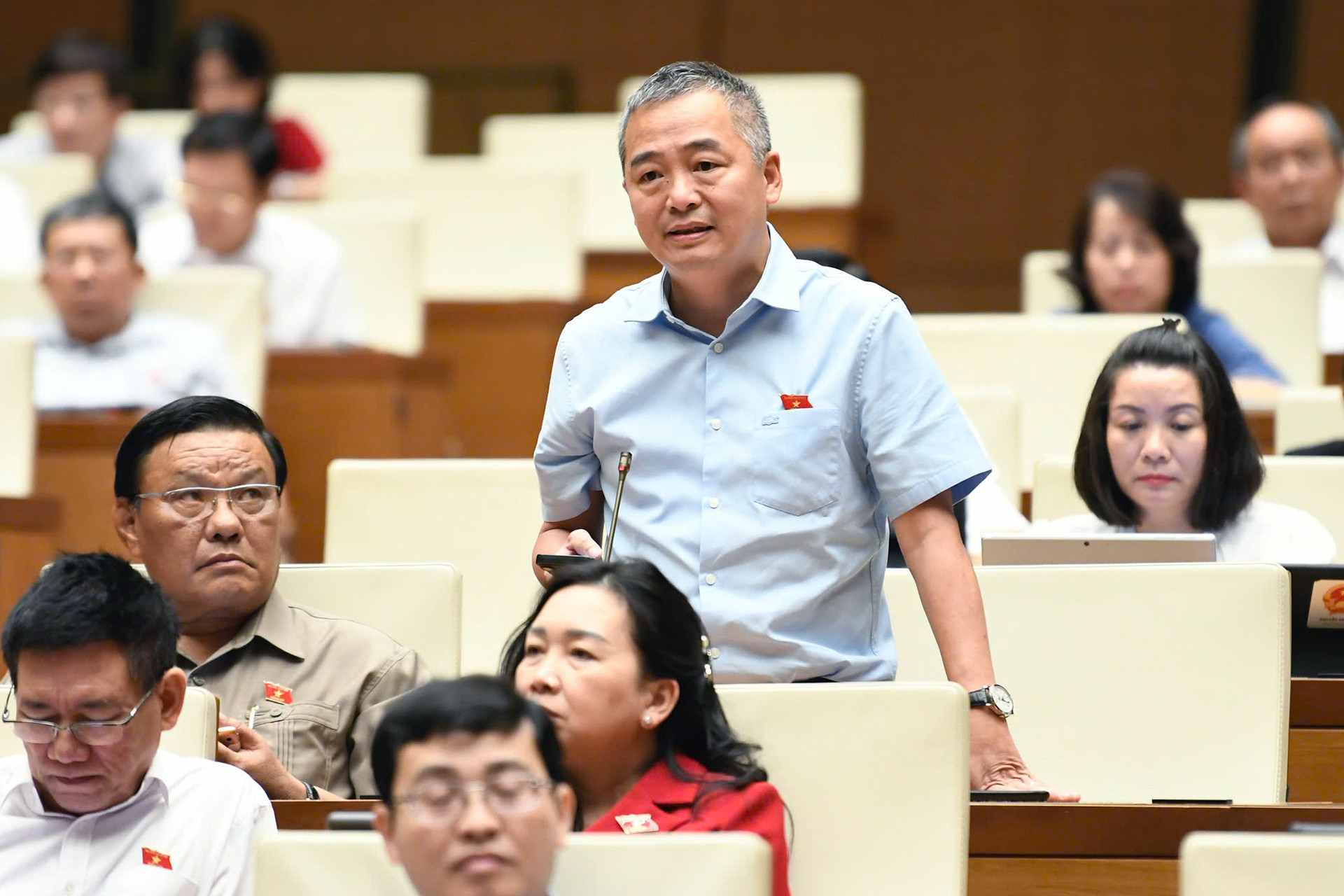
At the discussions on the draft CIT Law on May 12, National Assembly deputies argued that it is inappropriate for financially autonomous public healthcare and education units to have to pay CIT and be prohibited from retaining revenue for infrastructure development.
Hoang Van Cuong, a National Assembly Deputy from Hanoi, said these public institutions, funded by the state, do not fully depreciate asset values. The difference between receipts and expenses is not actual income but rather remaining depreciation. Therefore, being counted as taxable income leaves the units with no resources for reinvestment.
Moreover, imposing CIT, 2 percent on revenue, causes tuition and medical fee increases, putting heavier financial burden on citizens.
“Activities of public healthcare and education units should be exempt from CIT, except for joint ventures or partnerships,” Cuong said.
Nguyen Lan Hieu, Director of Hanoi Medicine University Hospital, noted that taxation authorities levy tax on healthcare units because of the word ‘service’. Most revenue sources of financially autonomous public hospitals are taxed.
Deputy Chair of the National Assembly’s Economics and Financial Committee Nguyen Van Chi argued that public service units only pay tax on additional business activities, such as external joint ventures or partnerships, at a 2 percent rate. Meanwhile, tuition and medical fees of financially autonomous public hospitals and schools are not subject to tax.
However, Cuong clarified that current law exempts units using state budgets from tax, but fully financially autonomous units are taxable. Thus, for fully autonomous units, revenue from tuition and medical fees is subject to CIT. He urged revising this regulation to reflect reality.
Hieu proposed adding provisions to exempt public healthcare units from CIT on revenue from medical examination and treatment services, which do not yet fully account for costs like labor, equipment depreciation, fixed assets, and management expenses.
Current service prices set by the state do not cover all cost components, leaving hospitals unable to cover expenses or generate taxable profits.
Furthermore, medical service prices are regulated by the Ministry of Health and provincial People’s Councils. These are revenues from public service activities, not from business operations.
Explaining the taxation, Finance Minister Nguyen Van Thang said many public service units providing services rely on state budgets or partial budget support. For units setting service prices based on market rates, taxing the income is reasonable.
For public service units using state funds, service prices do not fully cover costs. These activities generate no profit and may qualify for tax exemptions or incentives.
The Finance Minister said that the drafting agency has “fully considered” these issues and will continue studying adjustments to ensure alignment with reality.
Tuan Nguyen